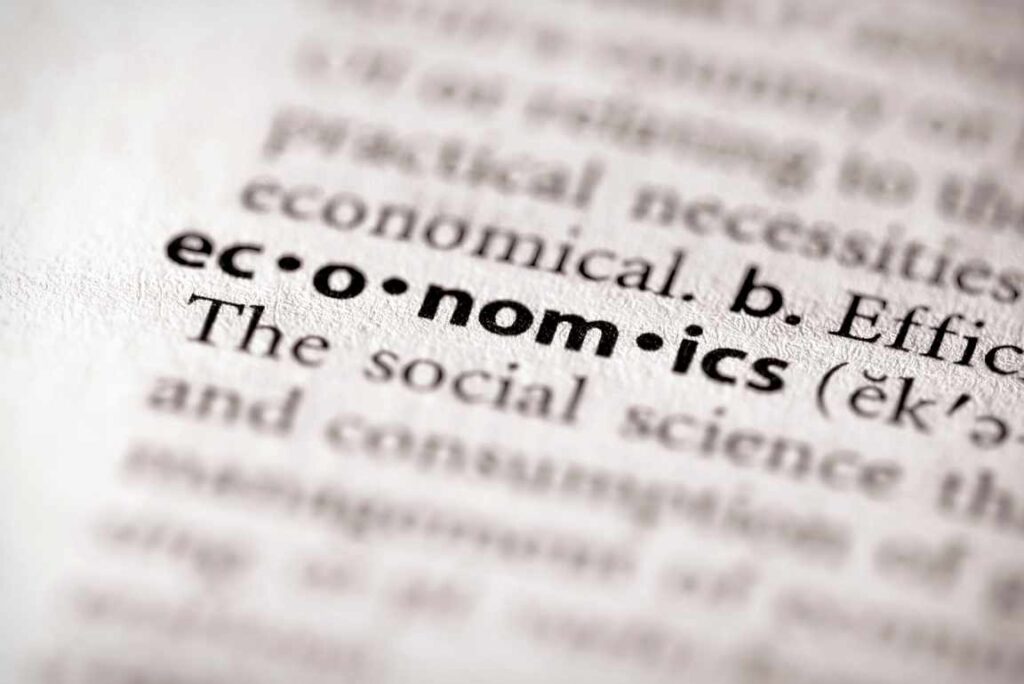
Economics often sounds intimidating, filled with complex terms and concepts. However, at its core, it’s quite simple: economics is the study of how people choose to use resources. This is not just science, but a reflection of how we live. In 10 minutes of reading this article, you will learn the basics of economics. This will help you to better understand the modern economy and news about the economy. Let’s break it down into bite-sized pieces, so you can grasp the basic concepts quickly and effectively.
What Is Economics?
Economics is the science of decision-making. It examines how individuals, businesses, and governments allocate their scarce resources to satisfy their unlimited wants and needs.
The Basics
At the heart of economics are the concepts of scarcity (limited resources) and choice (decisions on their use). Every economic action involves making choices about what to produce, how to produce it, and for whom it is produced. Which also means the importance of the customer, the one who will eventually consume this product or service. A good example would be an online casino for real money, they create their product for potential customers, and make their product special in something, whether it’s a large selection of games or cool bonuses. After all, due to the competitive advantage, the client will choose exactly this casino. In this way, the company gets its customers, and the customers get their product that meets their needs.
Supply and Demand: The Driving Forces
One of the most fundamental ideas in economics is the theory of supply and demand. It explains how prices are determined in a free market and helps predict how economic conditions can change.
Demand Explained
Demand refers to how much (quantity) of a product or service is desired by buyers. The quantity demanded is the amount of a product people are willing to buy at a certain price; the relationship between price and quantity demanded is known as the demand relationship.
Supply Explained
Supply represents how much the market can offer. The quantity supplied refers to the amount of a certain good producers are willing to supply when receiving a certain price. The correlation between price and how much of a good or service is supplied to the market is known as the supply relationship.
Equilibrium: Where Supply Meets Demand
The point where supply and demand are equal is known as the equilibrium price. At this point, the allocation of goods is at its most efficient because the amount of goods being supplied is exactly the same as the amount of goods being demanded.
Economic Systems: How Societies Organize Economic Production
Different societies organize their economies in different ways. The three main kinds of economic systems are: capitalist, socialist, and mixed economies.
Capitalist Economies
In a capitalist economy, resources and production are primarily owned and controlled by private individuals. The driving force and big advantage of capitalism is the promise of high profits which motivates risk-taking and innovation.
Socialist Economies
Socialist economies rely on the state to manage production and distribute resources. The aim is to reduce inequalities in wealth and power, with the government attempting to distribute resources in a more equal fashion.
Mixed Economies
Most modern economies are mixed; they blend elements of capitalism and socialism. These economies have a level of state intervention to regulate markets and provide public services, but they also capitalize on private ownership.

The Role of Money in Economics
Money is crucial in economics as it serves as a medium of exchange; it allows people to trade goods and services indirectly, facilitates specialization, and allows for the accumulation of wealth.
Economic Indicators: Keeping a Pulse on Economic Health
Gross Domestic Product (GDP)
GDP measures the total value of all goods and services produced over a specific time period within a country. It’s an essential indicator of economic activity.
Inflation and Deflation
Inflation is the rate at which the general level of prices for goods and services rises. Deflation is the opposite — a decrease in the general price level of goods and services.
Unemployment Rate
The unemployment rate measures the number of people actively looking for a job as a percentage of the labor force. It is a key indicator of the economic health of a country.









